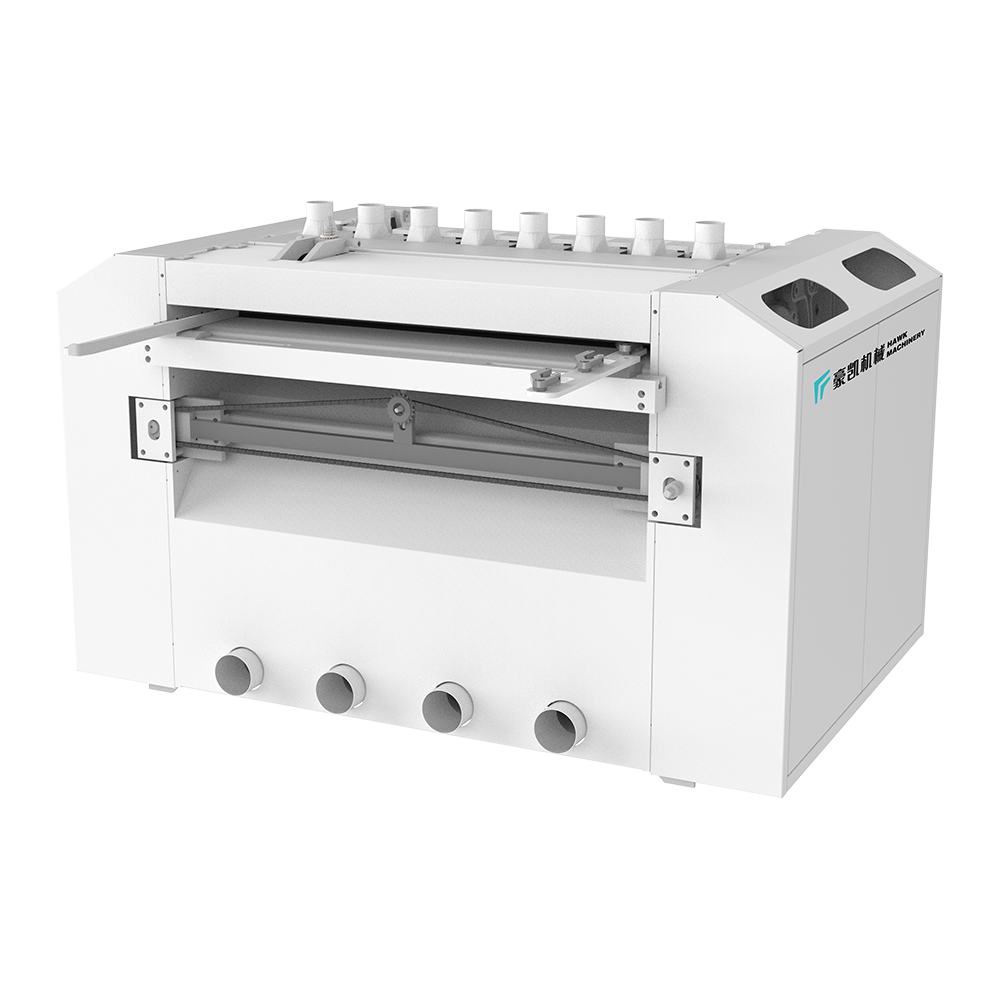Floor slotting line (double end tenoner)
The product can slot the floor vertically and horizontally. The machine series c...
See DetailsAchieving precision in cutting is paramount when working with a Multi Rip Saw Machine, whether for large-scale industrial production or detailed custom projects. A machine of such caliber demands more than just a basic understanding; it requires an intelligent approach, attention to detail, and maintenance. Below are critical strategies to ensure you consistently achieve precise cuts.
The blade is the heart of the cutting process. Using high-quality, well-maintained blades is the first step in achieving precise cuts. Blades made from durable materials with fine teeth reduce friction and wear, offering cleaner and smoother cuts. Regular inspection of blade sharpness ensures consistent performance, while investing in specialized blades for different materials can enhance precision further.
Before operation, meticulous setup is crucial. Ensure the 3 Rip Saw Machine is calibrated to the correct dimensions for each project. A slight misalignment in the setup can lead to inconsistent cutting, which results in waste and poor-quality output. Double-checking the machine’s alignment and blade position is critical. Calibration should be performed regularly, especially when switching between different materials or cutting specifications.
The speed and feed rates at which the material passes through the saw directly impact the precision of the cut. If the speed is too fast, the machine may not achieve a clean, accurate cut, leading to rough edges. Conversely, setting the feed rate too slow can cause unnecessary wear on the blade, reducing its effectiveness. The key is finding the ideal balance based on the material being cut and the specific requirements of the project.
For longer and heavier materials, it’s essential to utilize proper support systems. Roller conveyors and auxiliary supports prevent material deflection during the cutting process. This minimizes the risk of inaccurate cuts due to the material bending or shifting under its own weight. A well-supported piece ensures the saw’s accuracy, allowing for smooth, uninterrupted operation.
Routine maintenance is the backbone of machine longevity and cutting precision. Ensuring that the saw blades are sharp, the motor is functioning optimally, and the machine’s parts are free from dust or debris guarantees peak performance. Cleaning the machine after every use and lubricating the moving components can extend its lifespan, ensuring that it operates at full capacity without hindrances.
Incorporating precision measuring tools such as calipers, micrometers, or laser measuring systems provides an additional layer of accuracy. These tools allow operators to measure the material before and after cutting to ensure the final result meets the required specifications. The use of such instruments can also detect any discrepancies in alignment, offering an opportunity for immediate correction.

Even the most sophisticated machine cannot perform at its best without a skilled operator. Proper training ensures that operators understand the intricacies of the Multi Rip Saw Machine, from adjusting the settings to recognizing potential issues before they escalate. Regular training also enables the team to stay updated on best practices and innovations, keeping your operations efficient and precise.
Lastly, the environment in which the cutting machine operates plays a significant role in the quality of the cuts. Factors such as humidity, temperature, and dust levels can impact both the machine’s performance and the material’s behavior. For example, wood can expand or contract depending on environmental conditions, leading to inconsistent cuts. Maintaining a controlled environment helps to mitigate these variables, ensuring stable and precise cutting outcomes.
Achieving precision with a Multi Rip Saw Machine is a combination of selecting the right tools, maintaining equipment, and optimizing operational procedures. By investing in high-quality blades, ensuring accurate machine calibration, adjusting speeds and feed rates, and employing proper support systems, you can consistently produce high-quality, precise cuts. Regular maintenance, operator training, and environmental control further refine the cutting process, positioning you for success in any cutting endeavor.